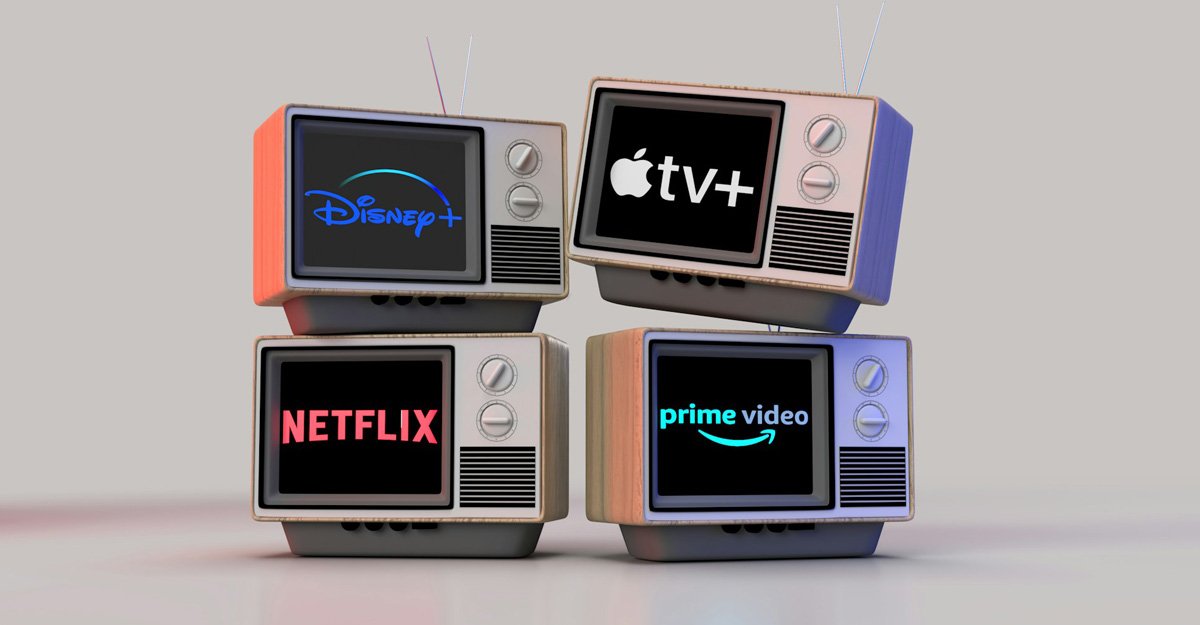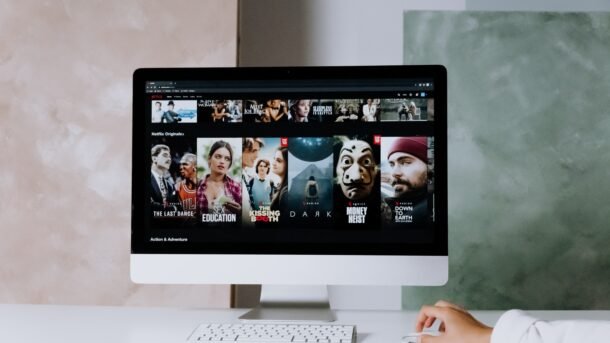Streaming services like Netflix, Hulu, Amazon Prime, and Disney+ have dramatically transformed the movie industry over the last decade. With their convenience, accessibility, and vast libraries, these platforms have changed how audiences consume films, how studios release content, and even how movies are produced. Here’s a deep dive into the significant ways streaming has revolutionized the movie industry.
1. Changing the Distribution Model
Traditionally, films followed a clear distribution model: theatrical release, then home video (DVD, Blu-ray), followed by TV syndication. Streaming services have disrupted this pattern by offering immediate access to movies online, reducing or even eliminating the theatrical window.
Key Changes:
- Simultaneous or Direct-to-Streaming Releases: Platforms like Netflix and Disney+ now release some films directly to streaming, bypassing theaters entirely. This was especially prominent during the COVID-19 pandemic, where major films like Mulan and Wonder Woman 1984 were released on streaming platforms.
- Global Accessibility: Streaming allows films to be released globally without the need for different distribution deals in each country, offering universal access to movies at the same time.
2. Original Content Boom
Streaming services have increasingly shifted from being mere distributors of existing films to becoming major content creators themselves. With their vast resources, they are now producing original films and series that rival traditional Hollywood studios in terms of quality and star power.
Key Changes:
- Rise of Original Films: Netflix’s Roma, The Irishman, and Marriage Story showcased the ability of streaming platforms to create critically acclaimed, award-winning films.
- A-List Talent: Directors like Martin Scorsese and stars like Sandra Bullock and Ryan Reynolds have gravitated toward streaming platforms, where there’s creative freedom and less risk of box office failure.
- Increased Volume of Productions: Unlike traditional studios, streaming services are not bound by seasonal releases, allowing for a constant flow of new films and series.
3. Audience Viewing Habits
The convenience of streaming has changed how and when people watch movies. With just a few clicks, viewers can access a massive catalog of films without leaving their homes, leading to shifts in audience behavior.
Key Changes:
- Binge-Watching Culture: Streaming services introduced the concept of binge-watching, where viewers consume entire seasons or movie franchises in one sitting. This has influenced how movies are structured, with sequels and cinematic universes becoming more prevalent.
- On-Demand Viewing: Instead of relying on fixed schedules like in traditional cinema or television, audiences can watch films whenever they want. This flexibility has led to more personalized viewing experiences.
- Decline in Theater Attendance: While theaters are still a big draw for blockbusters, smaller films often struggle to attract large audiences. Streaming gives these films a second life, offering them exposure to viewers who may have skipped them in theaters.

4. Broader Diversity and Inclusivity
Streaming platforms have played a significant role in amplifying diverse voices and stories that may not have found a home in traditional Hollywood.
Key Changes:
- Diverse Storytelling: Services like Netflix, Hulu, and Amazon Prime have produced content that caters to a global audience, promoting stories from different cultures, races, and backgrounds.
- Increased Representation: Streaming has opened doors for underrepresented groups—such as women directors, LGBTQ+ narratives, and non-Western stories—to find their way to international audiences. Examples include Netflix’s The Half of It and Orange Is the New Black.
- Global Reach: Foreign films and non-English content, like Money Heist (Spain) and Squid Game (Korea), have gained unprecedented popularity, showcasing the power of streaming to transcend language barriers.
5. Challenges to Traditional Theatrical Releases
While streaming offers many benefits, it has also caused some tension between streaming services and the traditional movie industry, particularly theaters.
Key Challenges:
- Shorter Theatrical Windows: Some studios and streaming platforms have embraced hybrid release models, where films premiere simultaneously in theaters and on streaming platforms. This has raised concerns among theater owners, as shorter windows mean fewer ticket sales.
- Box Office vs. Streaming Revenue: The metrics for success have shifted. Previously, a film’s box office performance was the primary measure of success. Now, viewership numbers, subscription growth, and social media buzz also determine a film’s success, particularly on streaming platforms.
6. The Role of Data and Algorithms
Streaming platforms use sophisticated algorithms and data analytics to understand viewer preferences and recommend films based on past viewing habits. This data-driven approach impacts not only what viewers watch but also what content platforms choose to produce.
Key Changes:
- Personalized Recommendations: Algorithms tailor film recommendations to individual users, helping them discover new genres, directors, or films they might not have otherwise chosen.
- Data-Driven Content Creation: Platforms use viewing data to make decisions on future content production. For instance, Netflix invested in more original romantic comedies after noticing a surge in viewers re-watching classics like The Holiday and Notting Hill.
7. Streaming Awards and Industry Recognition
Initially dismissed by some as inferior to theatrical films, streaming movies have now gained credibility and prestige in the eyes of critics and award bodies.
Key Changes:
- Oscar Recognition: In recent years, streaming platforms have earned numerous Oscar nominations and wins, cementing their place in the film industry. Netflix’s Roma won multiple Academy Awards, and Apple TV+ made history with CODA winning Best Picture in 2022.
- Film Festivals and Streaming Collaborations: Major film festivals like Sundance and Cannes have started to embrace streaming films, showcasing them alongside traditional theater releases.
Conclusion
Streaming services have revolutionized the movie industry in ways that were once unimaginable. They’ve democratized access to films, changed how and when we watch movies, and given rise to new creative possibilities. While challenges remain for traditional theaters, the future of the movie industry will undoubtedly be shaped by the innovations brought on by streaming platforms. Whether you’re a fan of blockbuster spectacles or indie gems, the world of cinema is now at your fingertips, anytime, anywhere.




